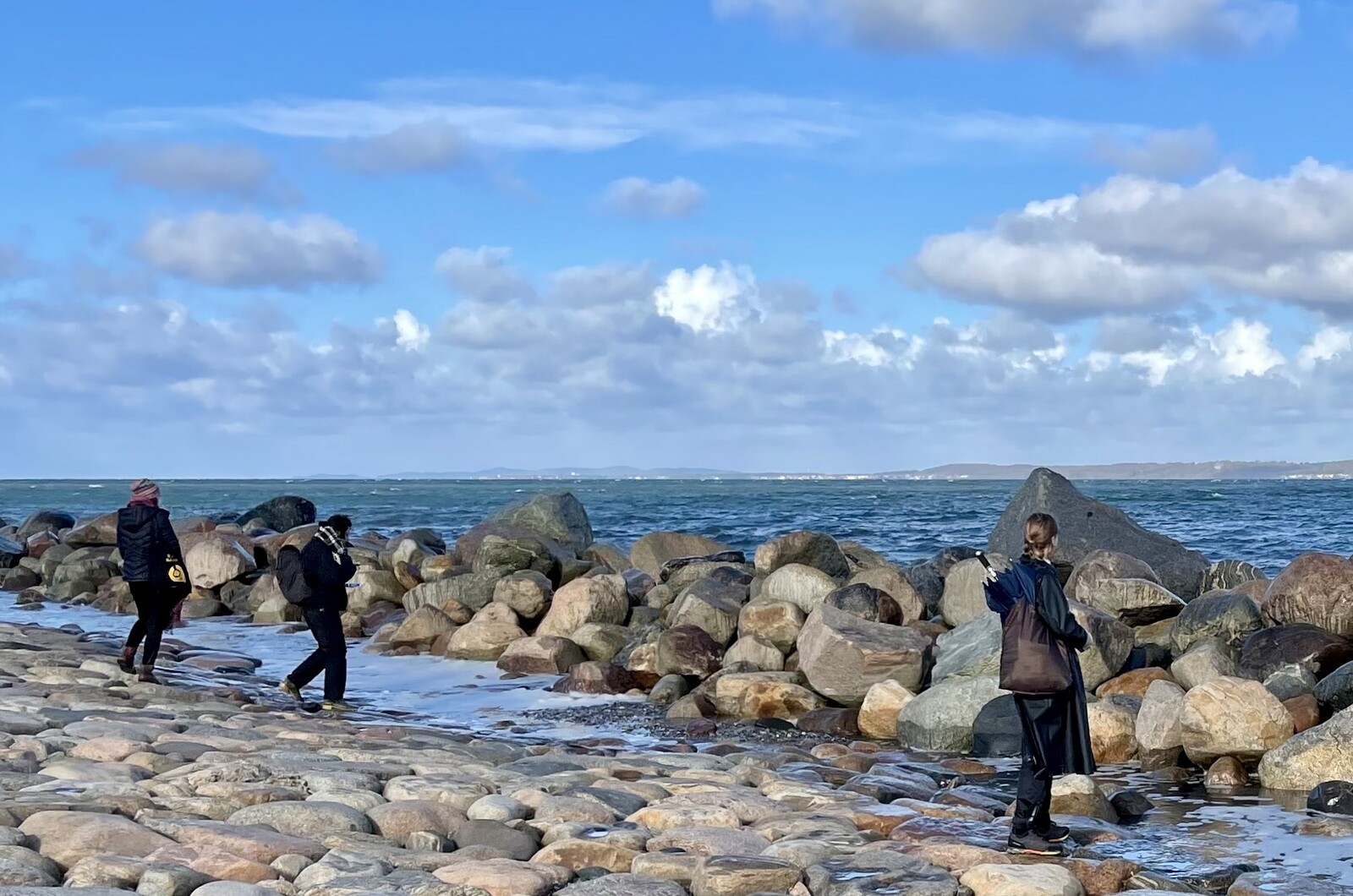Office Hours: Amelia Groom: Sandberg Instituut Amsterdam
1. Why did you decide to go into teaching?
I’m not sure I ever did! I feel enormously indebted to the few good teachers I’ve had in my life, and I think that’s a large part of why I take teaching seriously. Learning how to learn is an ongoing process. I like Gregg Bordowitz’s list “Philosophy of Teaching (1997 to the Present).” The last three entries are “The teacher teaches learning,” “Learning teaches the students,” and “Learning teaches the teacher to teach.”
2. What drew you to your school and what is your teaching philosophy?
I started teaching in the Critical Studies MA department at Sandberg Instituut in late 2014. I had just moved to Amsterdam, and the department was still new. I was drawn to the prospect of teaching writing and research in the context of a fine arts academy. Where there would be a connection to artistic practice, and research could be practice-led. Where the model of art education was not based on medium-specific training, and where interdisciplinarity would be nurtured. Where the students would want to read and write, and where the writing could get weird.
When I’m asked about my teaching philosophy, I usually think of how Gayatri Chakravorty Spivak describes education as “the noncoercive rearrangement of desire.”
3. What theory and art history do you consider most essential for your students? What artist or artwork do you refer to most often?
It’s always changing; whatever I’ve been most lit up by. Some things I’ve shared and discussed with students over the last year: Dana Kopel’s essay “Against Artsploitation: Unionizing the New Museum,” Katrina Palmer’s book End Matter, Pauline Oliveros’s article “Quantum Listening: From Practice to Theory (To Practice Practice),” Ithell Colquhoun’s tarot cards, Amalle Dublon’s lecture on Mariah Carey’s “Honey,” Sophie Lewis’s essay “My Octopus Girlfriend,” Trinh T. Minh-ha’s article “The Image and the Void,” JJJJJerome Ellis’s book and album The Clearing, Genpei Akasegawa’s 1000 Yen Note Incident, Fred Moten’s tirade against Jerry Maguire in the interview “Refusing Completion,” José Leonilson, Charlotte Posenenske, Adrian Piper’s unrealized project Just Gossip, and Leanne Betasamosake Simpson’s article “Land as Pedagogy: Nishnaabeg Intelligence and Rebellious Transformation.”
4. How do you navigate generational or cultural differences between you and your students?
There are of course these differences, not just between me and the students but also among the students themselves. I think it’s about cultivating curiosity, slowness, and practices of listening, without needing to make the other knowable or treating difference as something that needs to be solved.
The Sandberg is a very international school; I believe only around 10 percent of the student body is Dutch. We teach in English, but for many students English is not their first language. The linguistic diversity can be a tremendous resource in the classroom; it allows us to pull English words away from themselves and stretch them in different directions.
Read more of Amelia Groom’s Office Hours on School Watch.
Office Hours is a questionnaire series that gathers insights on teaching from artists. In response to ten prompts, educators reflect on the discourses and approaches that animate their teaching, share their visions for the future of art education, and offer advice for students navigating the field of contemporary art.
School Watch presents critical perspectives on art and academia. Featured profiles, surveys, and dialogues consider education in fine art, curating, and critical theory, as well as the ideas and conditions that influence practice.



